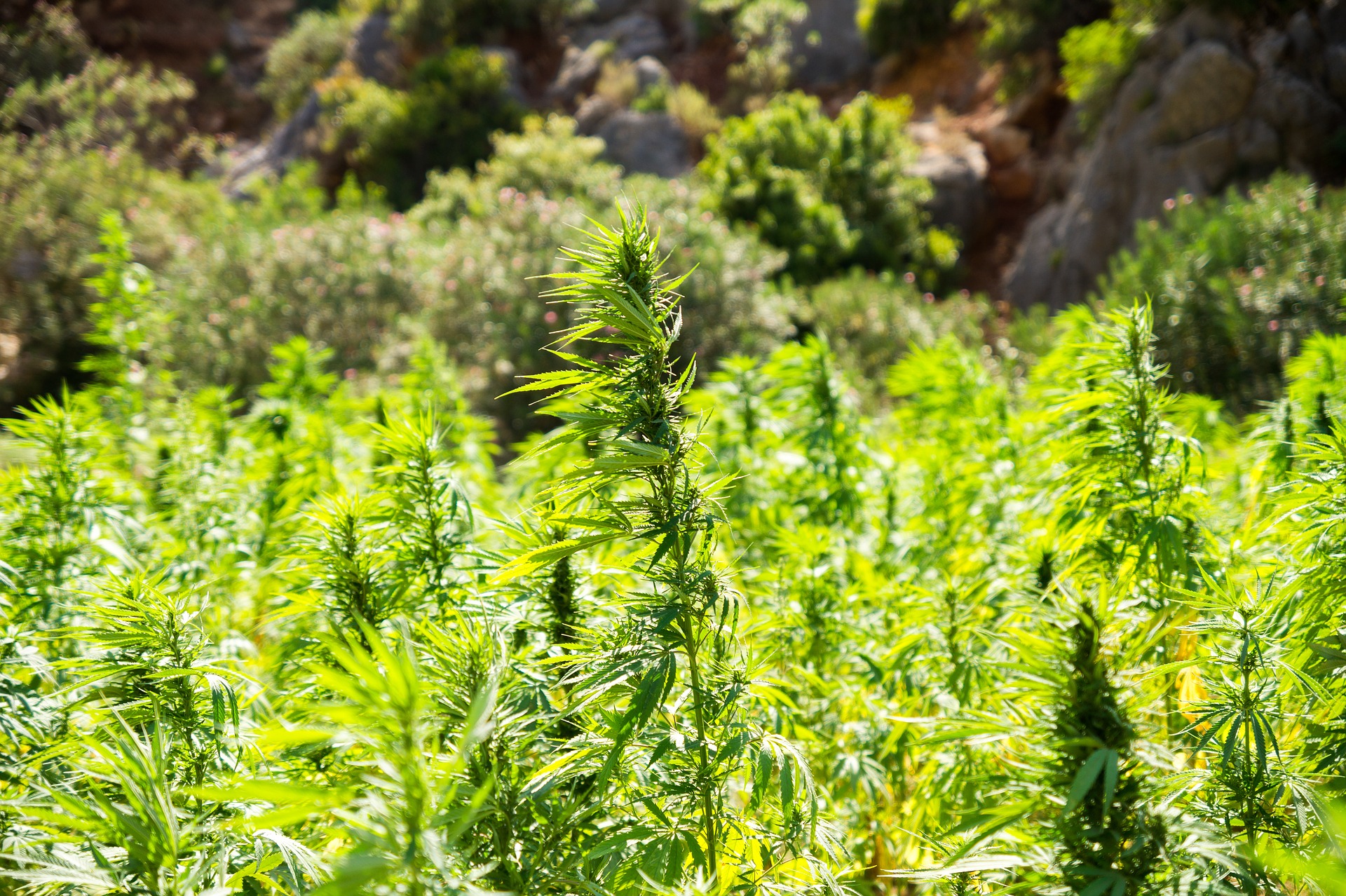The substances contained in cannabis can help those who are addicted to hard drugs to quit their addiction. The first signals about the effects of cannabis on addiction to one form of cocaine appeared relatively early, more than 30 years ago. Dealers smoked it along with cannabis to avoid addiction. Although cannabis is also can be addictive, addiction to rapid-acting crack is much faster and much more serious in effect. Just a dozen or so minutes after firing one dose there is an irresistible desire for another… and another… and the next one… pushing the smoker crack to behave dangerously for himself and others, Risky sexual behavior, the tendency to violence and breaking the law are typical. Tolerance is developing rapidly: crack cocaine addiction requires more and more doses. In addition to acute symptoms such as high blood pressure, heart rate and temperature, nausea, seizures, hallucinations, panic and paranoia, the body can also be destroyed over time, cognitive decline, persistent psychotic conditions, depression, destruction of teeth, lips and mucous membranes of the oral cavity, myocardial infarction or stroke.
Research indicates that of the 122 identified cocaine users who want to throw cocaine in this form, they started to take cannabis. In an average of 30 months, these people had 89% more chance to reduce their crack intake compared to the time they did not take cannabis. It also seemed that cannabis made it easier for them to stop using this form of cocaine altogether or to maintain this decision. Without cannabis, only 11% of people managed to stop without cocaine. However, when they used it, crack was not needed by 28%. Although the experiment did not meet the conditions for a clinical trial, its results were considered by specialists to be very intriguing.
Animal studies suggest that Cannabidiol (CBD) that’s in the cannabis flowers in various concentrations is the most promising. You can buy it even in countries where Cannabis is still completely illegal, like Poland. It’s sold in form of oils, liquids, chewing gums etc. It has a lot of medical potentials, it can help in depression and many other medical conditions. But most importantly, It is likely to have an impact on the reward system in the brain, reducing the pleasant sensations associated with certain drugs. In rats, this has been proven to be possible.
Animal tests show that THC also reduces opiate dependence.
THC, the psychoactive component of marijuana, injected into the blood of heroin and morphine-dependent rats, restores the chemical balance in their brains. As a result, rats treated with THC when they were young were deprived of the consequences of using much stronger and more harmful drugs in adulthood. Young rats, taken away from their mothers just after birth, were given powerful doses of THC. Deprived of maternal care, they have undeveloped brains. Neural nets are less developed and rats become more addicted. The effectiveness of THC injections has been proven in such animals. Although in theory, they should become more addicted, the “treatment” with THC resulted in the fact that although they were given morphine and heroin, the addiction did not occur.
Scientists hope that this unusual discovery will help create an alternative drug addiction treatment for drug addicts. It is difficult to predict whether, in the future, the social priorities so far regarded as priorities, or whether medical considerations will prevail, and cannabis-based preparations will go to pharmacies. This discovery can be extremely helpful with the recent opioid epidemic in the United States, where doctors prescribed opiates (powerful and very addictive painkillers) to almost everyone, and as a result, Donald Trump had to call it a state of a national emergency.
Read Also:






















